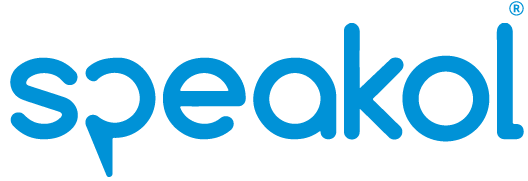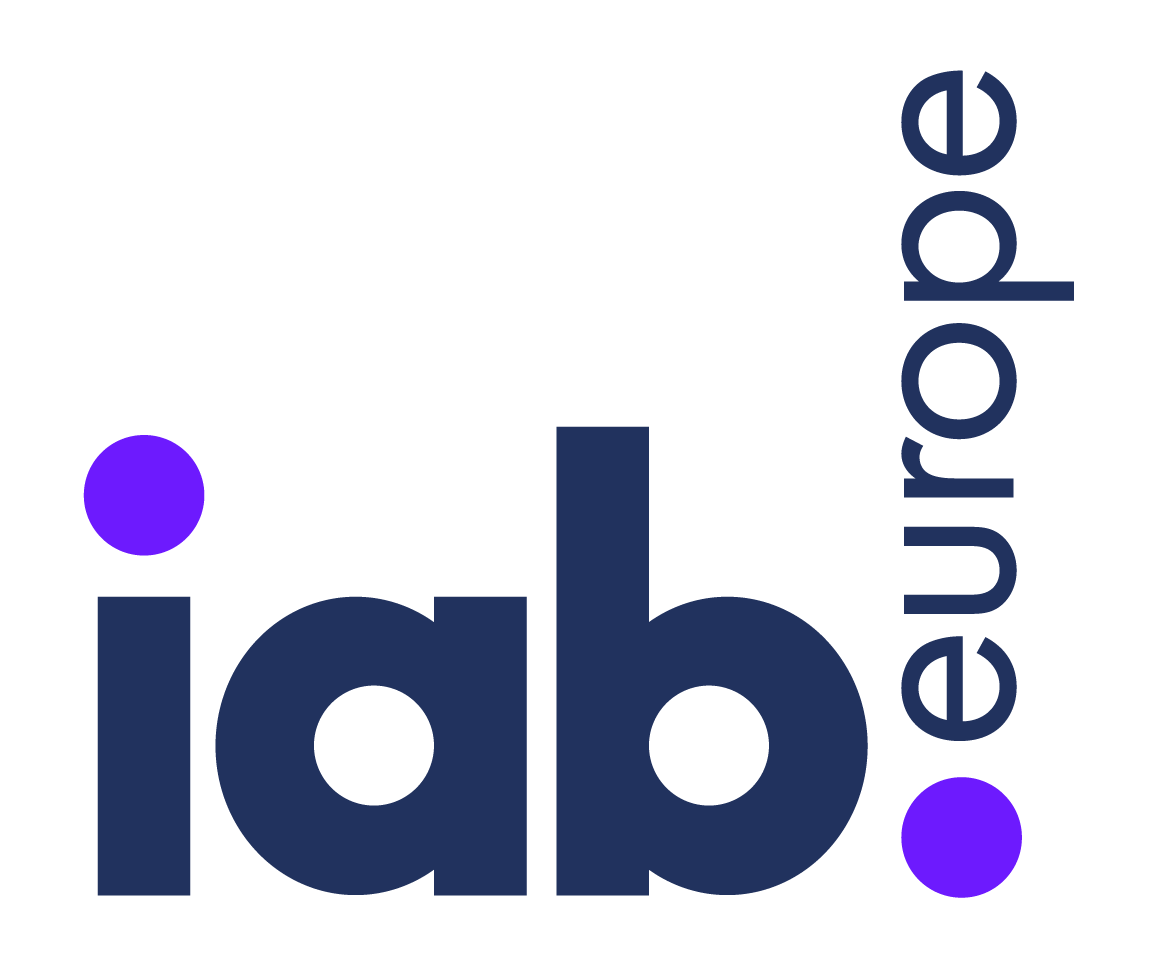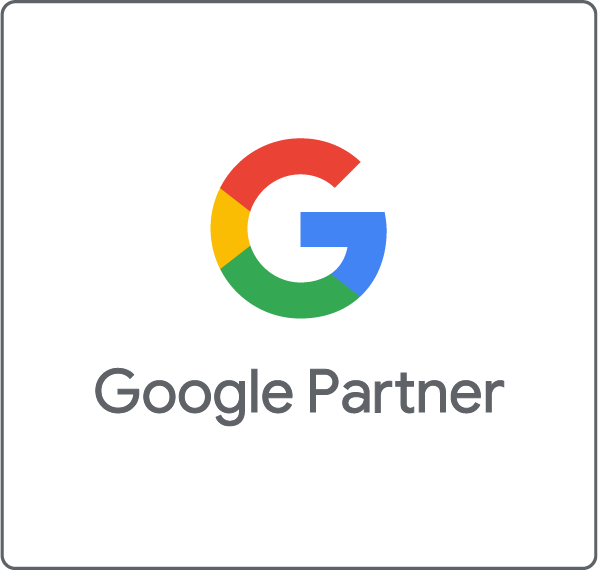
The outbreak of the COVID-19 pandemic has undeniably changed the world. It had a severe impact on the global economy, but a few sectors have been affected as much as the travel industry. Bookings were down by 95% at the height of the pandemic, as entire nations were ordered to remain in lockdown, airlines went bankrupt, and travel companies and hotels laid off massive amounts of workers.
The prolonged period of lockdown has increased people’s sense of adventure and search for escapism. With new air corridors opening and better testing protocols, and vaccination rollout is finally and thankfully well underway, it seems like the world is starting to get back on its feet. Global research indicates that people have a strong desire to travel, with more than 70% of people planning their next trip. So clearly, travel is beginning to recover in stages – first locally, domestically, and internationally. Still, multiple factors will influence travel, such as social distancing on planes, different entry requirements from country to country, and vaccine rollouts, to name a few.
So after over a year of lockdown, what will travelers look for in planning their next trip??
- Seek out “ecotourism” with minimal impact on the planet.
- Look forward to “wellness-tourism” that will leave people feeling better and relaxed.
- Safely engage with local communities in an attempt to form human connections.
- Look for “workstations” where work can be combined with vacations, especially for longer trips. [the average length of stay has doubled from 5 to 10 nights]
- Opt for “challenging trips” seeking adventure and new local experiences.
- Request travel reassurances that their bookings will be protected if policies and restriction measures change.
The world is experiencing a new kind of travel with the increased number of digital nomads, where people are working remotely with no rush to head back to the office. They also have a new experience-driven travel mentality; after being cooped up in their homes for months, people want to explore new places, cultures, landscapes, cuisines, activities and reconnect with nature.
So if you have a Travel brand or agency that has been idle for a while and want to market your new destinations and activities to users, there is no better time to promote your business than NOW. Remember that 78% of travelers stated that informative content provided by travel brands has influenced their purchase decisions, while 46% claimed that travel ads had the same influence; not only that but 40% of travel bookings are done via phones. Since travelers always check the internet before planning any trip, you should address and target them as they browse their most trusted publishers. You do not have to be an airline or a hotel chain to leverage your brand with native advertising. Native advertising platforms offer an effective way to promote your business regardless of its size.
You need to incorporate Native Advertising in your marketing strategy because it will allow you to:
- Connect you with engaged readers as they read and browse their most trusted publishers online.
- Display non-disruptive ads to interested users, which renders them more likely to engage with your ad.
- Achieve any marketing goal you have, including raising your brand awareness, driving traffic, and increasing conversions.
- Enable you to target users based on their location (region, country, and city), devices, and ISPS.
- Target particular article categories and publishers such as travel websites or sections and articles on premium websites.
- Use the algorithms that build comprehensive interest maps for each user based on their interests and reading history, which means you can reach more qualified users.
- Cross target audience who may be interested in other topics besides travel. For instance, you can promote your trips to Turkey to readers interested in Turkish drama or series.
- Reach readers on their mobile phones. Dedicate ad campaigns targeting mobile phones where 40% of bookings take place.
- Pique readers’ interest by providing relevant, interactive, engaging content using video ads that offer visual engagement and story.
How can you start your Travel Ad Campaign?
- Define the budget you are willing to allocate for native advertising.
- Define your objective clearly because it will affect the type of ad you choose and the action you would like your users to take.
- Register with Speakol, the most prominent native ads platform in the MENA and GCC.
- Once you create an account, a professional, experienced and dedicated account manager will guide you through a thorough onboarding process.
- If you are trying to raise awareness, you can create engaging blog articles and run them as ads using captivating visuals and exciting titles.
- If you are trying to drive conversions, you can create specific landing pages with direct CTAs (call-to-action) to prompt users to take the desired action, including signing up, sharing their emails, registering for a newsletter, or registering for any trip.
Seize the opportunity to reach interested users eager to explore new destinations and activities, using the trendiest marketing channel of our time.





